The Value of Quality
Quality is defined as "the standard of something as measured against other things of a similar kind; the degree of excellence of something." Value is defined as "the regard that something is held to deserve; the importance, worth, or usefulness of something." When the two meet, it's a match made in brand marketing heaven.
Most brands are built around their core values (ours is quality ingredients). Maybe yours revolves around providing personalized customer service. You are holistically providing value that will make a quality experience for your customer – education, direction, saving them time and money. That core value is what will be remembered.
Here's an example that showcases the popular misconception of quality vs. value.
Let's say you go on a hiking trip. You didn't invest in the high-quality boots because they were too expensive (the ones created by the podiatrist that help cushion your feet), and you wanted to spend that extra money on a new Go Pro. Then, two miles into the hike, your feet hurt. Really bad. So, for the next hike, you have to go and buy another pair—and you still opted for a cheaper style because you've already bought one pair. It's a cycle; now you've bought two boots and spent more money, wasted time, had to buy more band-aids, and didn't enjoy your trip as much. Your perception was that the cheaper version would cut it. But it leaves you in the same situation time and time again: disappointed.
The same goes with paint. If you skimp on the quality: low-quality decisions = low-quality results. So how do we change the behavior? Again, it's about selling the "value" as the positive customer experience of buying and enjoying the results of a higher quality product.
In the paint world, that looks something like this:
Better Coverage + Fewer Coats + Time Savings = Cost Savings (+ a Happy Customer)
1. Coverage – Cheaper paints use less of the essential materials that go into a higher quality paint (i.e., pigments, colorants that help with coverage, durability, and density of color). Essentially higher quality paint covers more in fewer coats. What about paint + primer paint? Technically, there's no such thing, so it's a non-issue. Quality paint has the hide and ease of application to cover better, quicker. Regardless of the paint quality, Primers are critical to any successful paint project.
2. Number of Coats – Most painting projects only take 1-2 coats of paint when quality paint is used. Using cheaper paint could require double or triple coats to achieve the same coverage, especially when painting over darker colors. Therefore, using quality paint can save on your overall materials cost.
3. Time – Applying fewer coats saves time. Usually, it dries faster, allowing you to finish quicker. Also, because of coverage and dry time, using better paint will allow whoever is painting to complete a room in 1 day versus multiple days. An excellent benefit for painters.
4. Cost – Between better coverage, fewer coats, and time savings, premium paint can be less expensive using cheaper, less quality paint, especially on larger projects. Not to mention, your experience and the final product will be much better. This is where the real "value" comes in. Customers remember the experience.
5. Durability – Using quality paint is not only more durable and fades less but is also more scratch-resistant and washable. In addition, the color maintains its richness. Imagine not having to repaint after a few years – yet another value proposition.
When it comes to providing value, people remember their experiences and associate the quality of a product with how it ultimately makes them feel (i.e., how they value it). Knowing how to showcase the end game (i.e., beautiful, durable color that covers quickly) will keep your customers happy—and in a small business, it doesn't get much better than that!
Looking to offer a unique, high-quality product without the commitment of taking on a new line? It’s the perfect way to stand out in the market and attract new customers. We can help!


